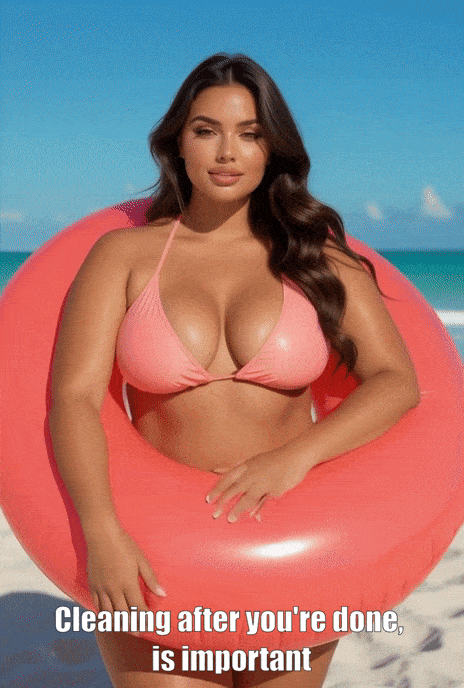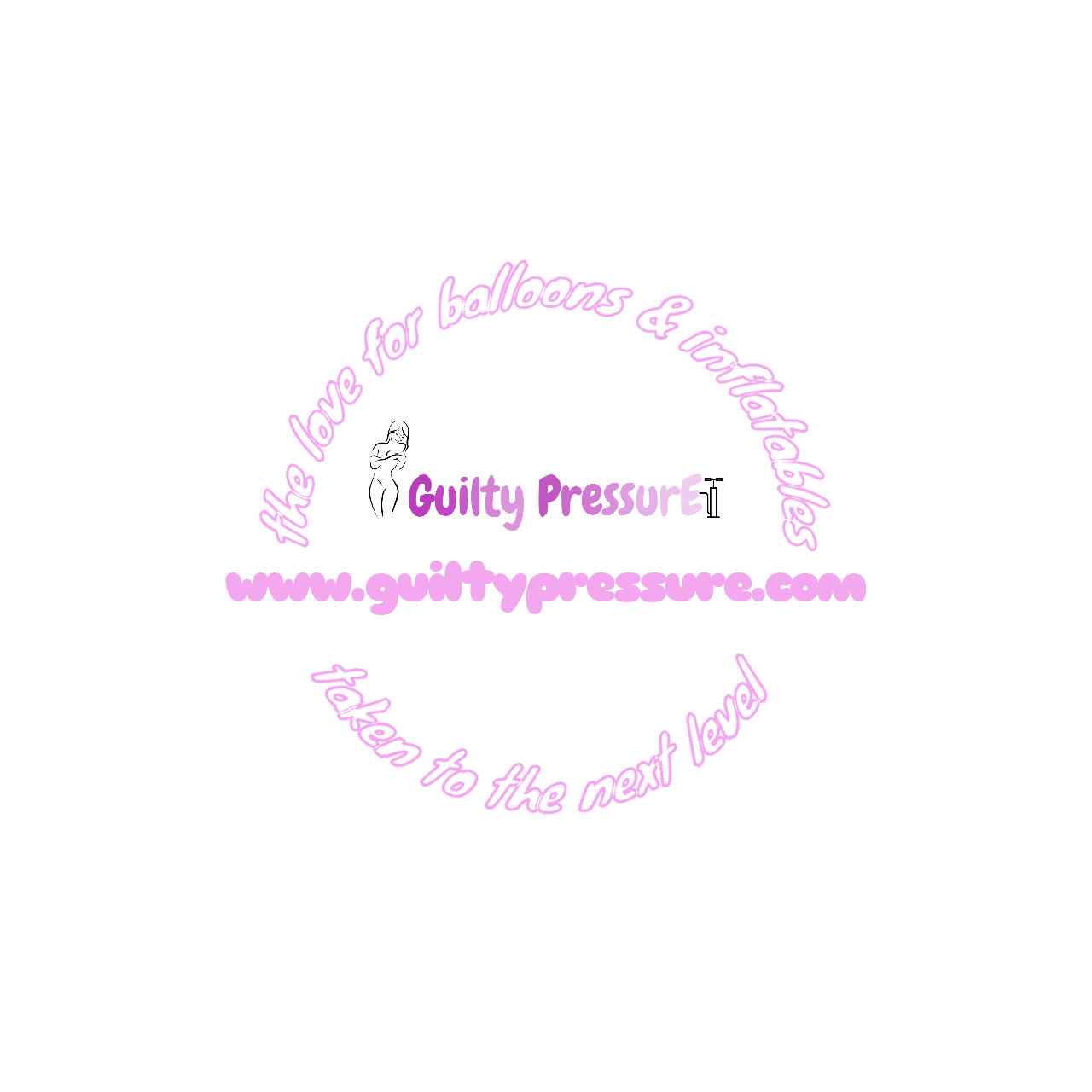Using Massage Oil or Lubricant with Inflatables and Balloons – Shine, Sensation & Safety
Using Massage Oil or Lubricant with Inflatables and Balloons
There’s something magical about the smooth, glossy surface of a perfectly inflated toy or balloon. Add a bit of massage oil or lubricant, and suddenly everything feels silkier, more slippery, and intensely tactile.
But before you reach for that bottle, it’s worth understanding how oils and lubricants affect inflatables and latex balloons — both the good and the bad.
Why Use Oil or Lubricant?
A thin layer of oil or water-based lube adds a whole new dimension to the looner experience.
- Visual appeal: Oil gives inflatables an incredible shine that catches light beautifully, emphasizing curves and colors.
- Tactile pleasure: The slick surface allows for smooth gliding contact with skin — especially during close body interaction or play.
- Reduced friction: Less squeaking, fewer “sticky” spots, and a softer, more natural feel.
This is especially true for the shiny toys like as seen in the
full clip with the five meter whale from IW and for example full clip with the grey pillow
For those who love the extra sensual side of inflatables or balloons, this simple touch can make the experience far more immersive and luxurious! Been there, done that.
The Chemistry Side – What Happens to the Material
Different materials react differently to oils and lubricants.
Vinyl / PVC (used in most inflatables)
- Silicone- and oil-based lubes: These can slowly weaken vinyl over time. The plasticizers (the chemicals that keep vinyl flexible) can be drawn out by oily substances, leading to brittleness or dull spots.
- Water-based lubes or pure mineral oil: Generally safe for short-term use. Mineral oil won’t immediately damage vinyl, but repeated exposure can cause surface clouding or tackiness.
💡 Tip: If you want that glossy effect without chemical risk, use a silicone-safe shine spray (like those made for latex clothing) or a tiny amount of water-based lube.
Latex Balloons
Latex is a natural polymer — it reacts more dramatically.
- Oil-based substances (including massage oils) penetrate latex, breaking down the polymer bonds and causing the balloon to lose strength or burst sooner.
- Water-based lubricants are much safer for latex. They don’t dissolve the material, and the balloon usually retains its stretchiness and shine.
💥 In short: Oil-based = risky for latex, safer for PVC (short term).
Water-based = safer overall.
Cleaning After Use (Without Harsh Chemicals)
Keeping your toys clean is essential for their lifespan and hygiene. Here’s how to do it naturally:
For Inflatables (PVC, Vinyl, TPU)
- Wipe down with a soft microfiber cloth and warm water.
- Add a few drops of mild dish soap if needed.
- Rinse with a damp cloth, then dry completely with a towel.
- Sprinkle a little baby powder or cornstarch if the surface feels tacky.

Avoid alcohol wipes, bleach, or strong detergents — they strip the plasticizers and can make the vinyl brittle.
For Balloons (Latex)
- Gently wipe with a damp cloth — avoid rubbing too hard.
- Let them air dry naturally, out of direct sunlight.
- If there’s oil residue, a quick rinse in lukewarm water with a tiny bit of soap is fine.
Avoid soaking latex for long periods; water will slowly degrade it.
Final Thoughts
Massage oils and lubricants can greatly enhance the tactile and visual pleasure of inflatables and balloons — the smooth glide, the glowing shine, the skin-on-surface feel.
Just remember that chemistry matters: use water-based lubes for latex, and avoid prolonged oil exposure on vinyl.
Clean gently, treat your toys with care, and they’ll keep looking and feeling amazing for a long time.
💡 Want more in-depth guides like this? Keep an eye on new blog posts here at GuiltyPressure.com, and don’t forget to support the project on Patreon for exclusive behind-the-scenes content and full clips from the 2017–2021 archive.

